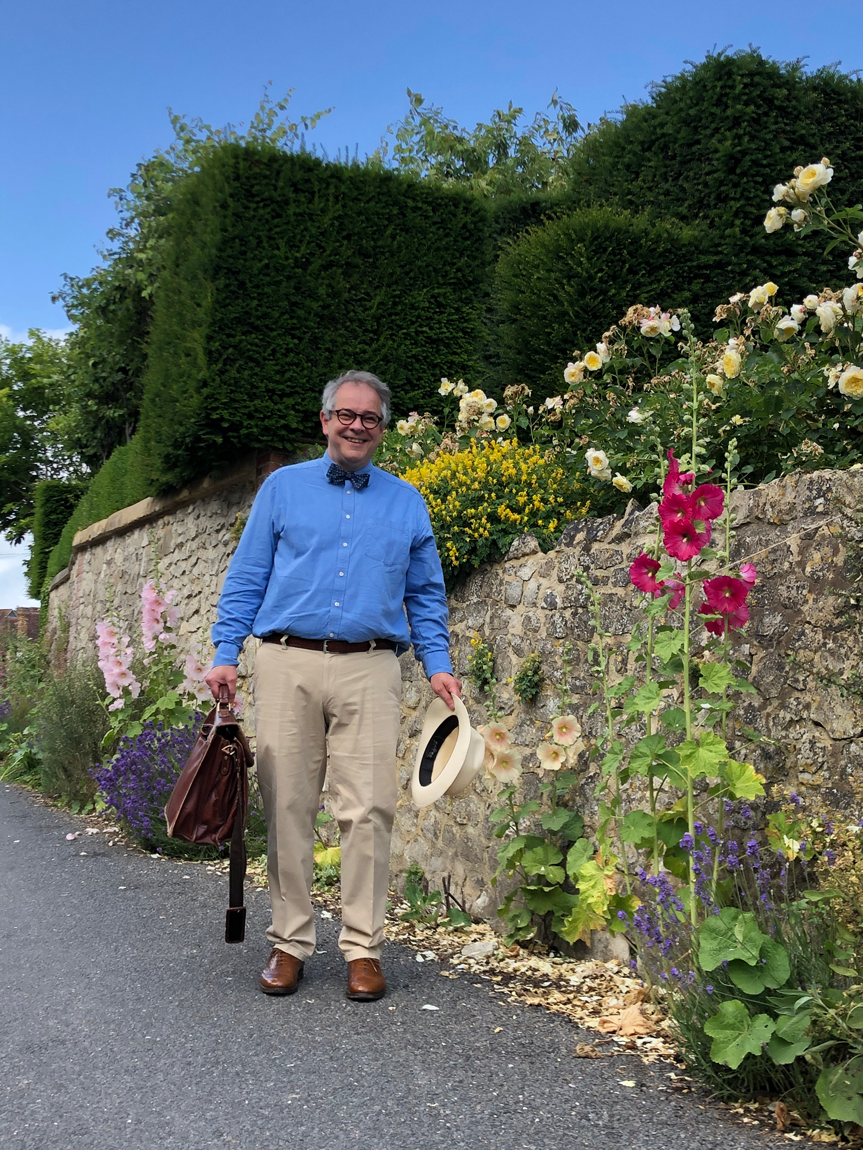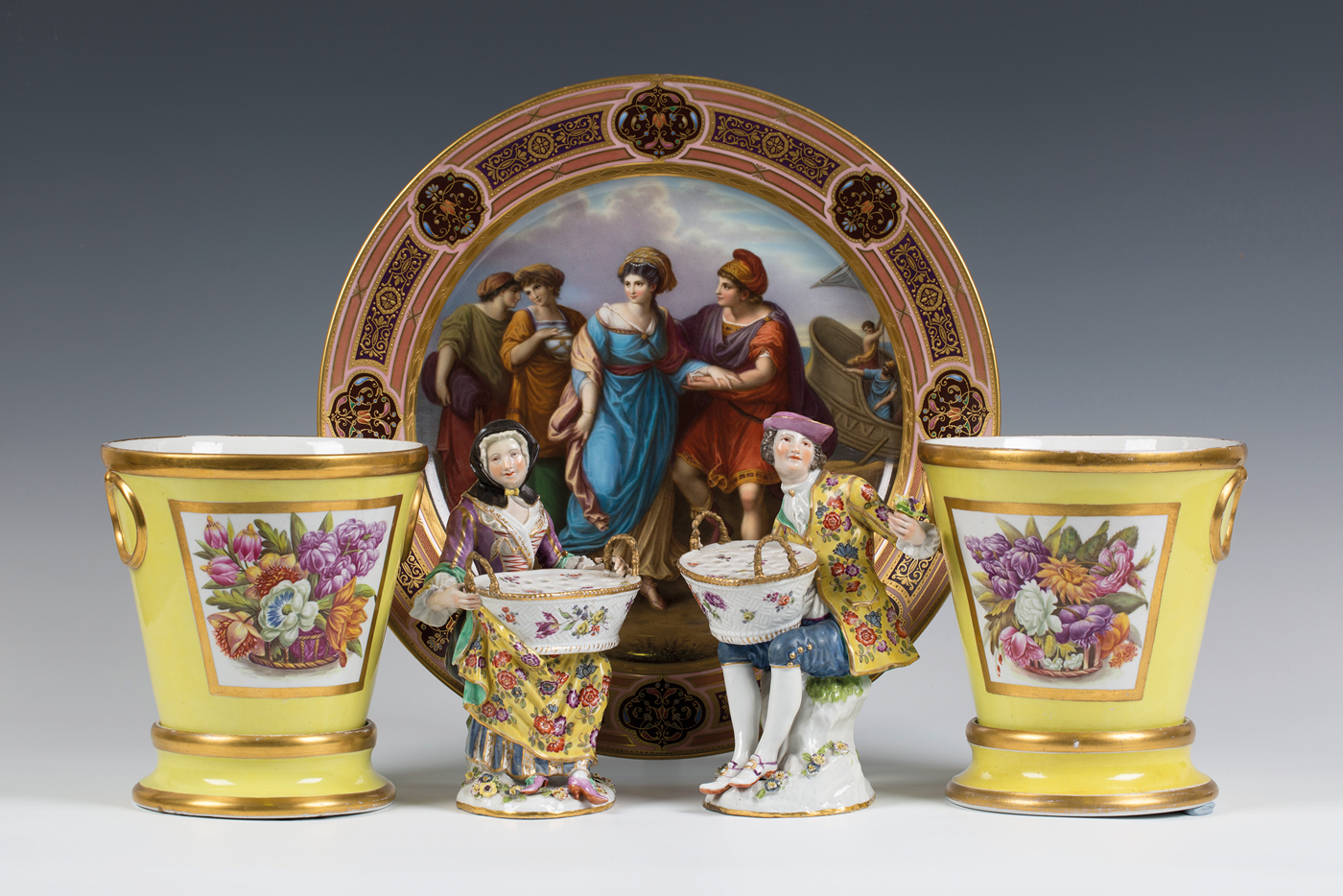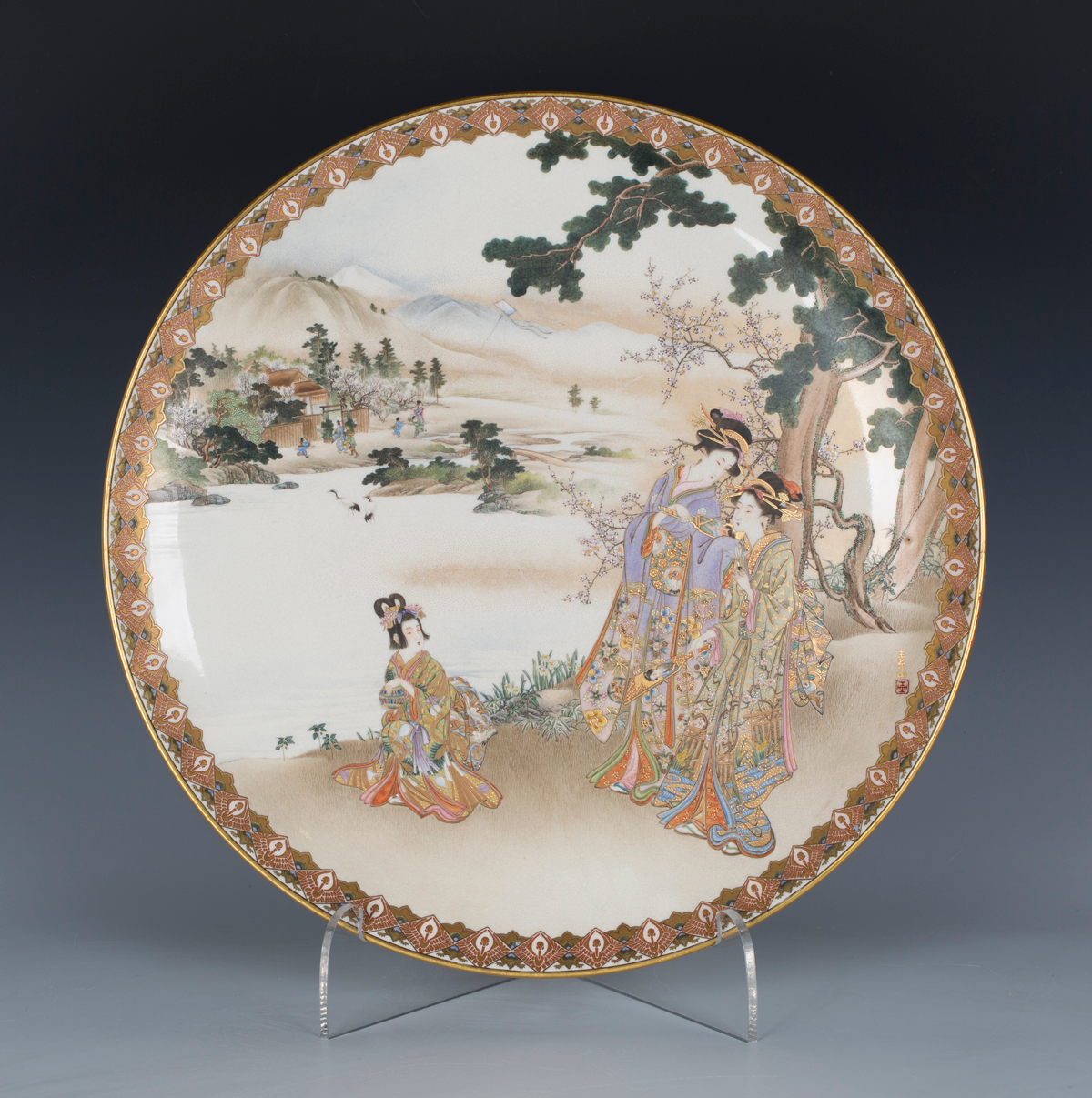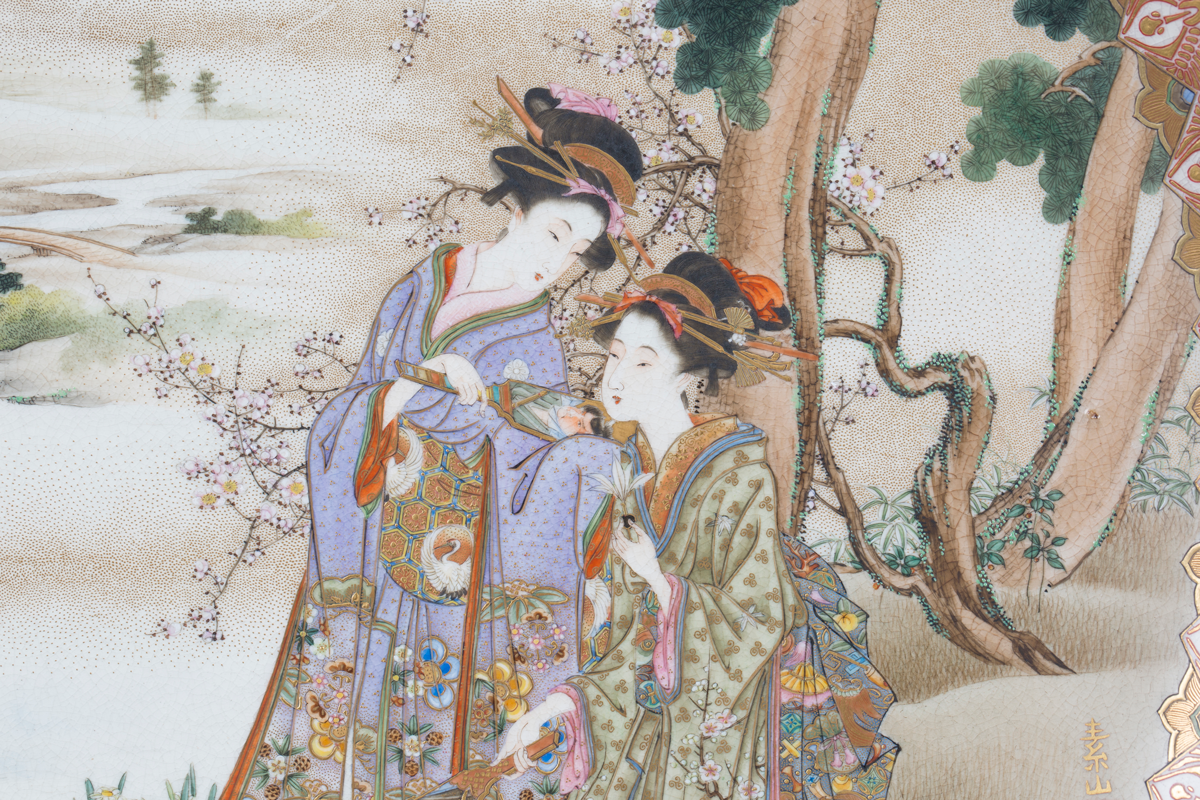
In 2018 the Art Basel and UBS Global Art Market Survey confirmed that the United Kingdom had regained its position from China as the second largest global art and antiques market behind the United States. Earlier this year it was announced that Britain had retained this position in 2019.
Given the scale of China’s market this is a remarkable achievement for the United Kingdom.
The British art and antique market is a significant sector in the UK economy. In 2019 the total annual value of art and antique exports broke through £9 billion for the first time whilst imports rose to £2.142 billion.
Britain is the second largest art and antique market in the world with a 20% global market share. It uniquely attracts high value items from around the world for sale recognising the profession’s expertise and ability to add value. These objects are sold, predominately at auction, to a global audience. Britain has the most varied and largest art and antiques market in Europe.
Back in 2013 Toovey’s, together with a small group of the UK’s leading regional auctioneers, was invited to China. The introduction of British auction practice and ethics was seen as an important part of this exchange in Beijing. A working relationship was also formed with Epai Live, China’s largest mainland online auction platform for the marketing of art and antiques, which continues to provide our clients with rare, direct access to this market.
Demand from China has had a profound effect on collectors’ markets.
The Chinese and Asian market for ceramics and works of art proved its resilience and strength at Toovey’s last week.
Our first specialist auction since the Covid-19 lockdown saw strong demand from China, Japan, the UK and Europe. Viewing and bidding at the salerooms by appointment proved popular whilst keeping people safe and successfully combined with interest and competition online, from the bank of telephones and commission bidders.
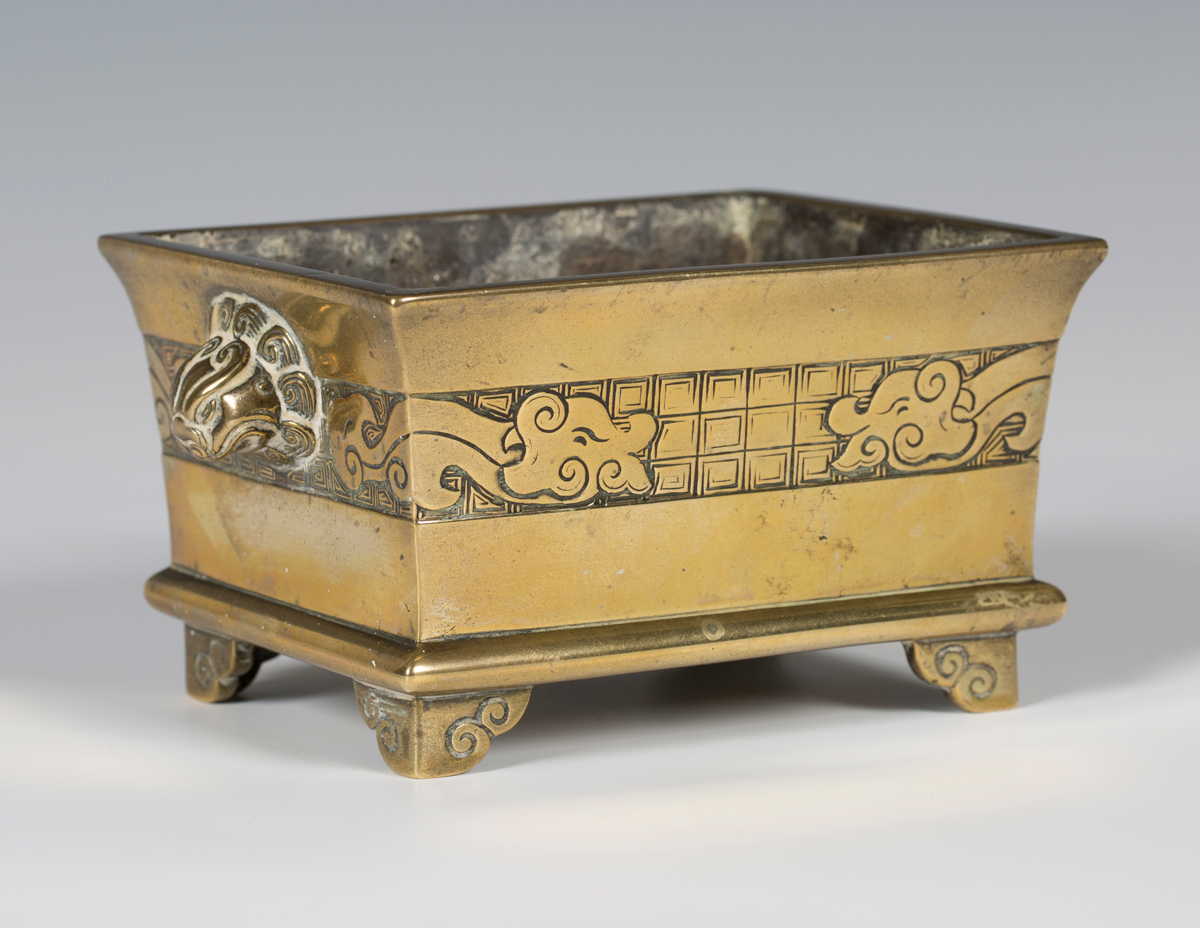
One of my favourite lots in the sale was a fine Chinese polished bronze censer. Although of later date it bore the mark of the 15th century Ming Dynasty Emperor Xuande Its rectangular body was beautifully cast in low relief with an archaisitic dragon and keyfret band flanked by a pair of moulded lion mask handles. Raised on four scroll moulded bracket feet it measured just 5 ½ inches and realised £5200.
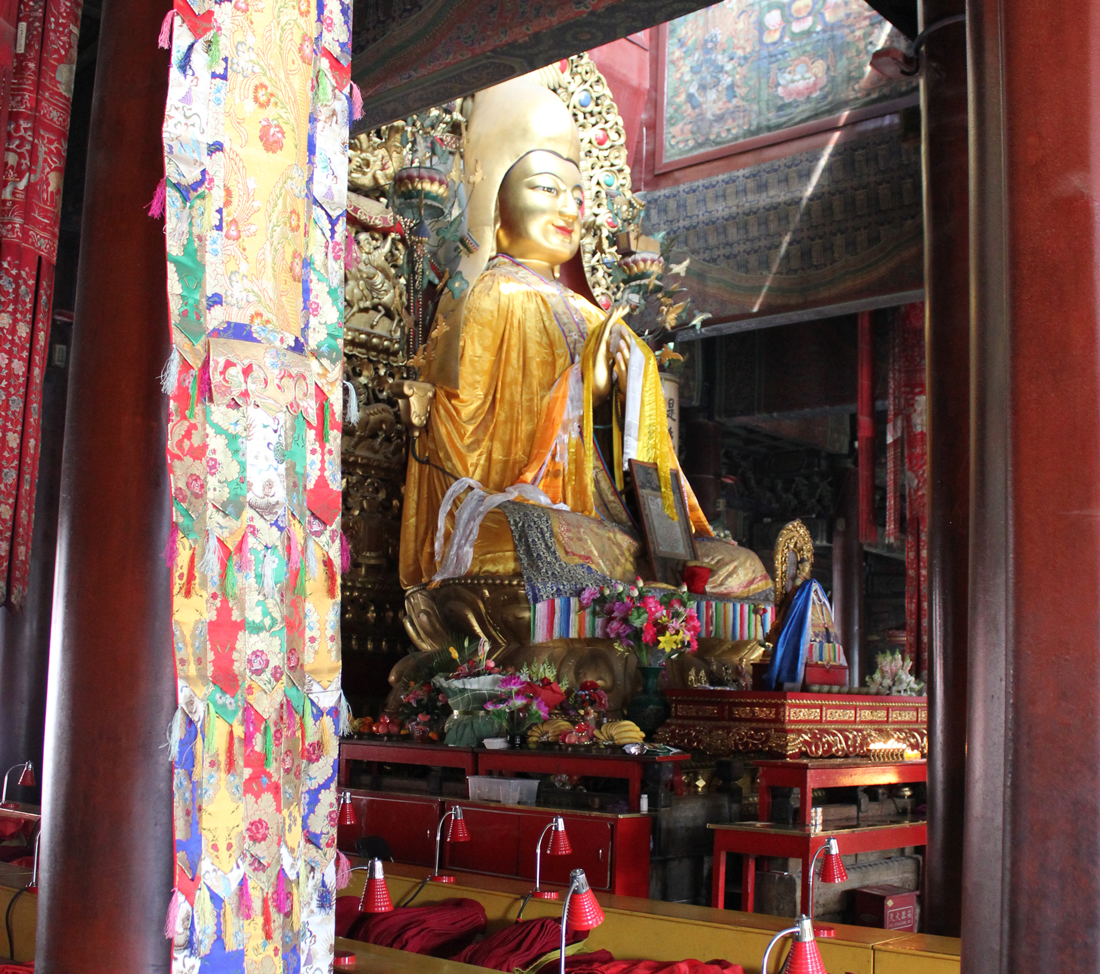
It reminded me of my visit to the Buddhist Yonghe Lamasery in Beijing. There in the courtyards scores of young people lit their incense sticks placing them in giant bronze censers, their prayers rising with the clouds of incense to heaven. Inside towering gold figures provided windows into prayer.
There was a notable increase in competition for Japanese items. The finely painted Satsuma dish by Sozan for the Kinkozan workshop was decorated with two bijin in conversation beneath a pine tree and sold for £3800.
Throughout the Covid-19 lockdown enquiries and interest in art and antiques remained strong. It is exciting and hopeful to see that demand reflected in the confident return of sales with post lockdown prices at auction showing real strength as markets re-immerge.
